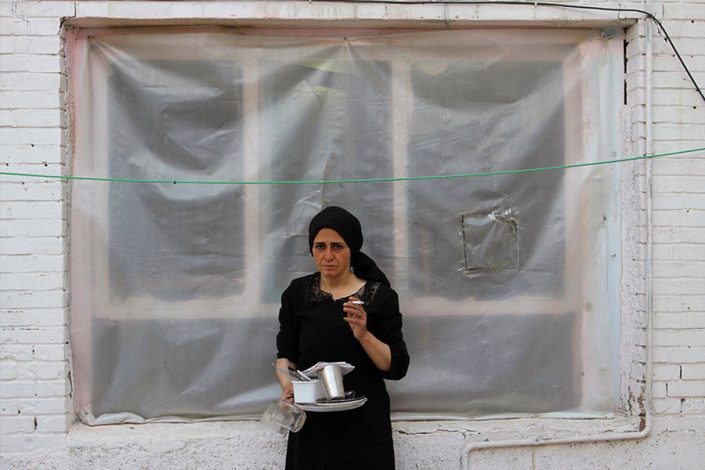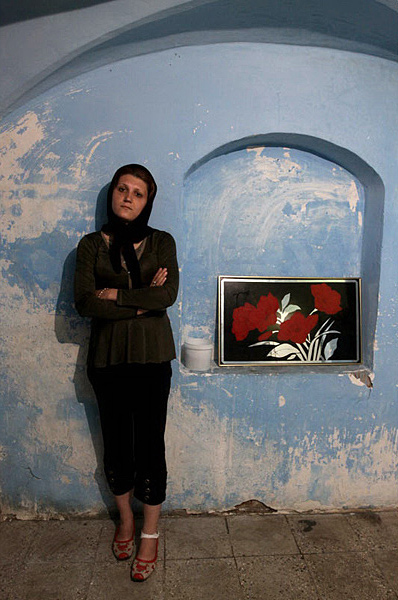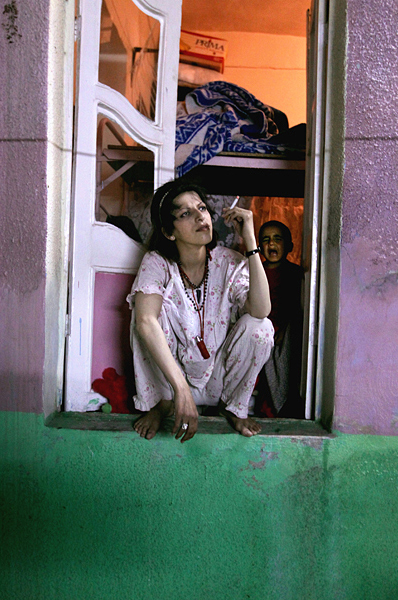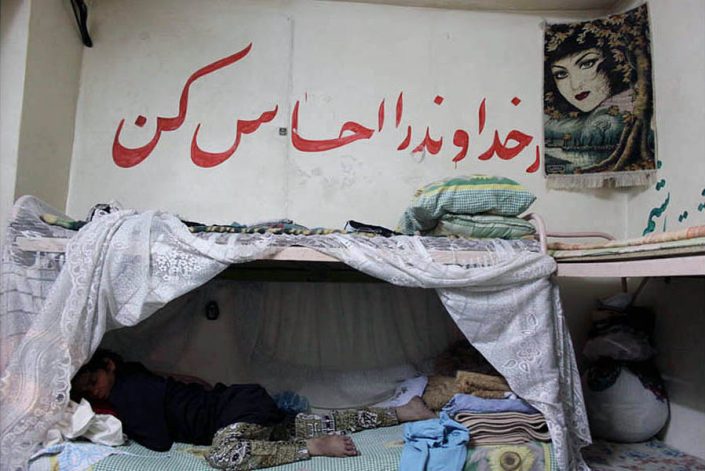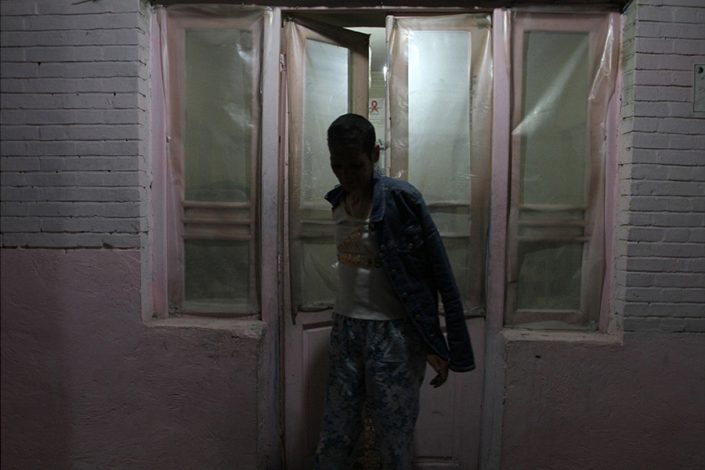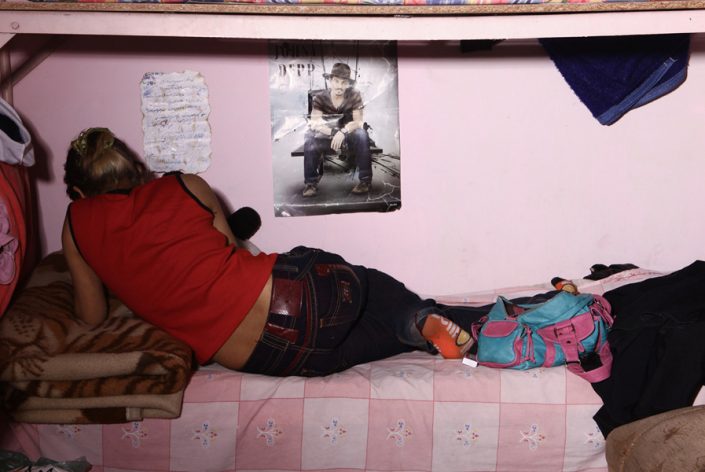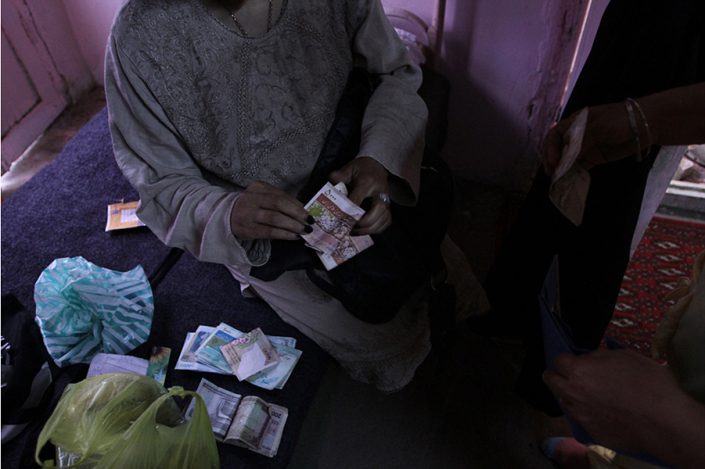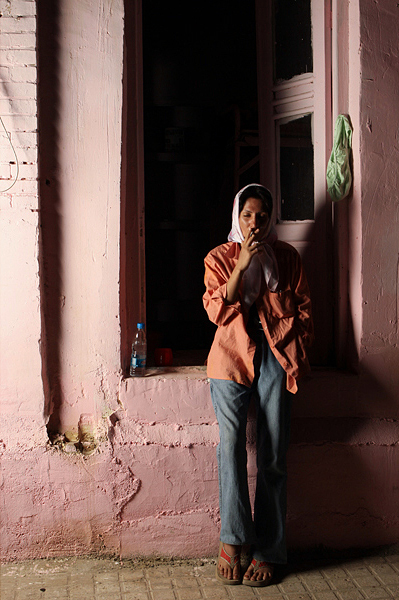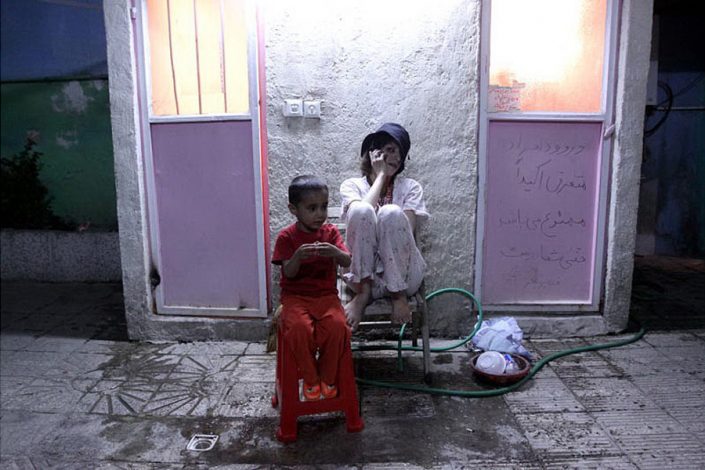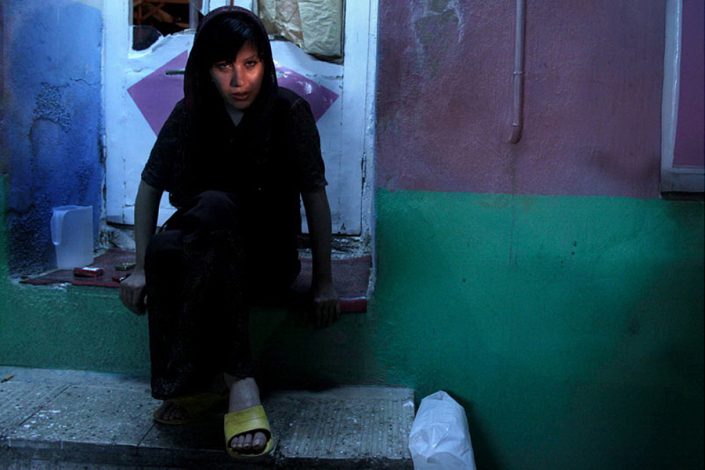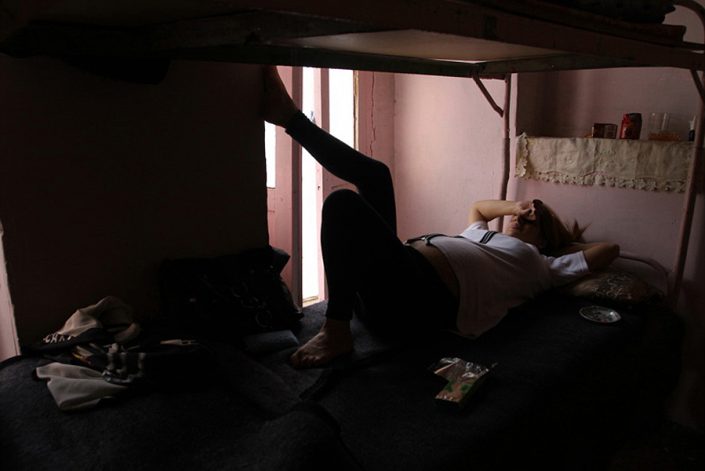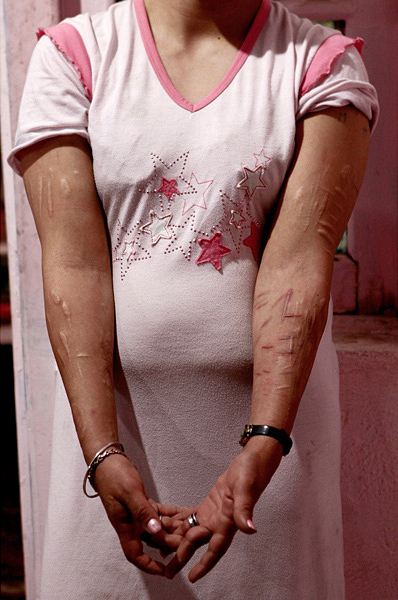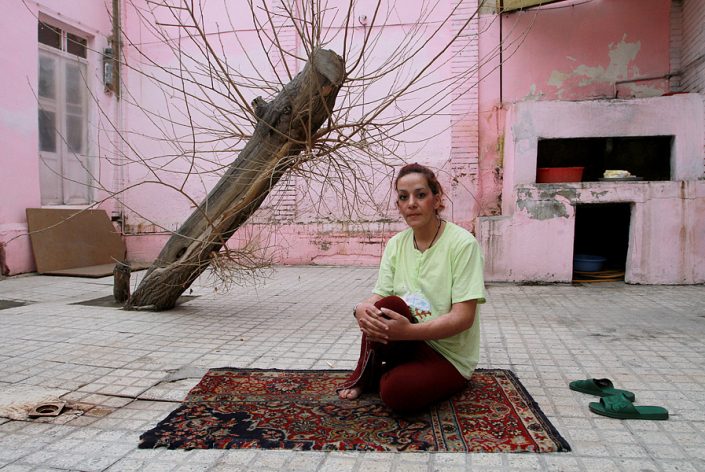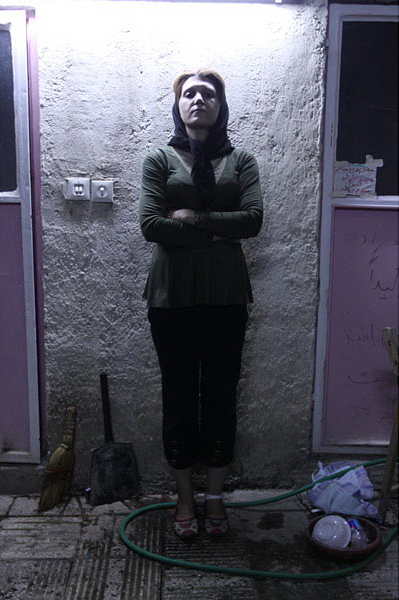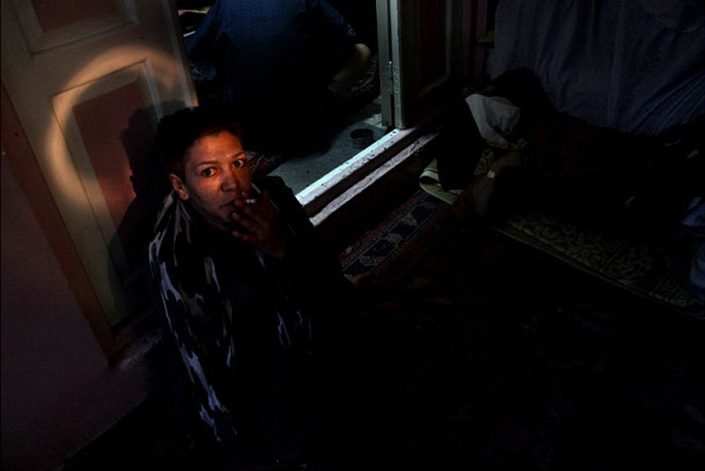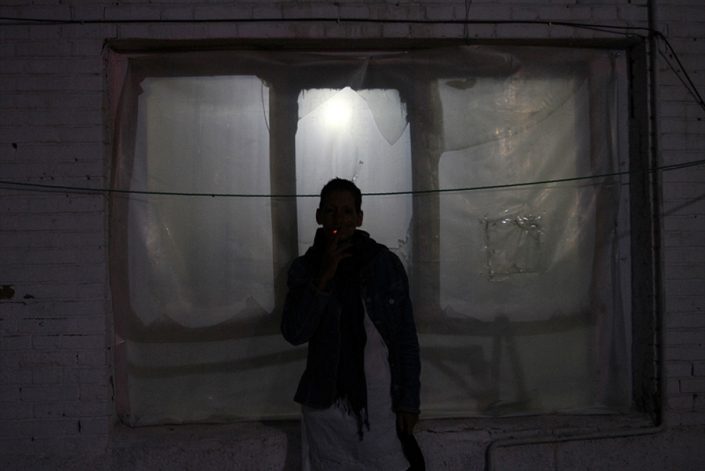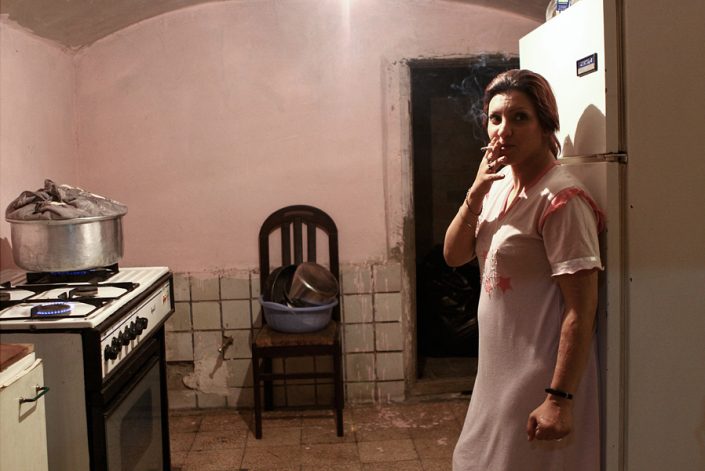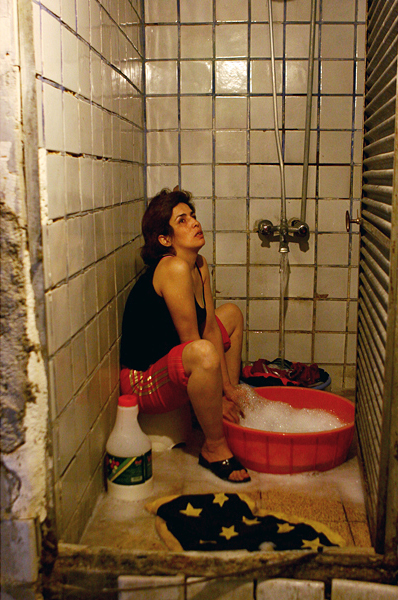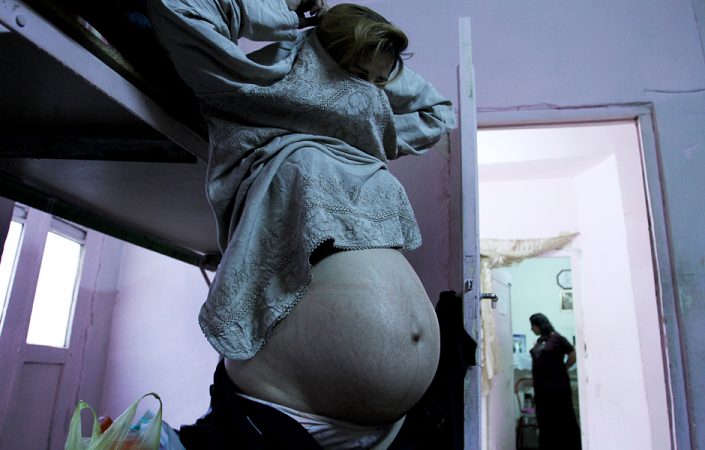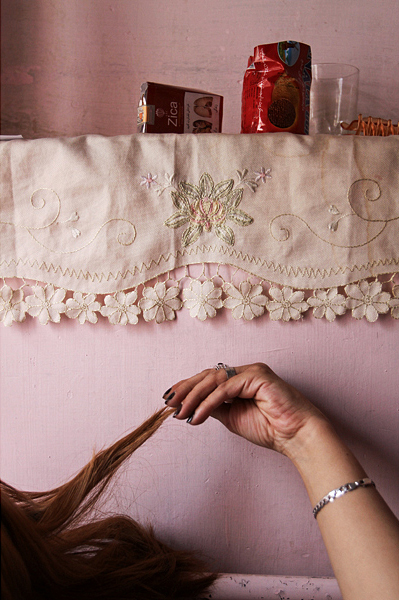Colorful Grape Garden Alley
Drug abuse has been an ongoing international problem; induced by a fairly wide scope of biological as well as psychological instigators; however there are also sociological forces that could be considered effective factors behind the dependency. While this social dilemma is not restricted to a particular class yet its tragic consequence is mostly visible among economically vulnerable layers of society. Drugs provide an easy passage to escape the everyday reality; as a result the poor social strata who are struggling with issues like unemployment, social injustice and hopelessness toward a better future a more susceptible community for addiction.
At the early stage of my professional career in 2009, I became more aware and interested in the growing issue of addiction among women living in the slums of Tehran. Although on the surface it was mostly homeless men addicts that were seen in public places and despite the very poor available stats, a brief research I conducted into this issue showed that women addicts were also of considerable number. It was during this research that I came across a semipublic shelter facility for women, located in south Tehran; women who were mostly freshly released from jail or homeless. As a result I decided to focus on this small community of about 15 women who shared a common problem due to variety of different causes; Grape Garden Alley is the product of spending 3 years, photographing this dormitory.
Although this shelter is not a rehab center but it does refer individuals to camps or programs where they can receive medical or psychotherapeutic assistance to quit their dependency and find the mental as well as physical stability to get back on their feet. There are also private charity organizations that offer support through provision of food, medicine or by holding workshops to teach variety of useful skills such as decorative knitting, sewing and handy-craft. While these programs help keep these women off the streets during the lockout hours, they also increase their chance of employment and financial independence after their release.
Gaining the trust of individuals with unscrupulous backgrounds was no easy task; I needed to pay regular visits and join them in their social affairs without my camera just to get closer to them and allow them to feel comfortable with me. I also needed to relate to them and understand them in a deeper sense since I was more interested in their stories rather than portrayal of what were visible to the eye.
After sometime, my camera became an axis of common interest for all; while I enjoyed watching them through the viewfinder, they also had fun being in the spotlight of attention. In time they felt so at ease that I was allowed to shoot photos from their most private moments, none of which have or will ever be exhibited due to ethical reasons.
From the beginning of the project, along with analogue B&W photography I also recorded films during my stays, the result of which became the feature length documentary under the same title. After sometime I became aware of the significance of color since not only it enhanced the portrayal of their femininity and overshadowed grace but also it helped to highlight many delicate details from the surrounding harsh environment so I integrated color photography into the series as well. Later I decided to experiment with flash lights to have sharper images as well as creating the stage photography effect, at the same I did not want the women to feel uncomfortable; it was a risk that luckily worked out.
HIV, drug overdose and violence are part of realities of life for these women and as expected, there are many who do not make it through the program successfully but there are also the heartwarming and encouraging stories of women who manage to quit their addiction and find a place in society.
